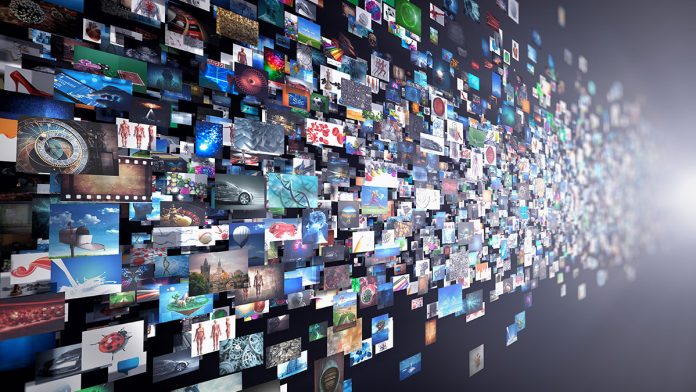Over the past decade, the television landscape has undergone a profound transformation. Traditional TV, once the dominant source of entertainment, is now being challenged by streaming services. Platforms like Netflix, Hulu, Amazon Prime Video, and Disney+ have revolutionized the way we consume content. This shift has not only affected viewing habits but also altered the very nature of television production and distribution.
Convenience and Accessibility
One of the primary reasons for the rise of streaming services is convenience. Unlike traditional TV, which follows a set schedule, streaming platforms allow viewers to watch their favorite shows and movies whenever they want. This on-demand model fits perfectly into our increasingly busy lives, offering the flexibility to watch content on various devices, from smartphones to smart TVs.
Diverse Content Library
Streaming services boast an extensive and diverse library of content. They offer a wide range of genres, from classic films and popular TV series to original productions that can’t be found anywhere else. This variety caters to different tastes and preferences, making it easier for viewers to find something they enjoy.
Original Programming
Original programming has become a hallmark of streaming services. Netflix’s “Stranger Things,” Amazon Prime’s “The Marvelous Mrs. Maisel,” and Disney+’s “The Mandalorian” are just a few examples of critically acclaimed shows produced by streaming platforms. These original series have attracted millions of subscribers, demonstrating the power of exclusive content in driving viewership.
Binge-Watching Culture
Streaming services have popularized the concept of binge-watching, where viewers consume multiple episodes of a show in one sitting. This viewing style contrasts sharply with traditional TV’s weekly release schedule. Binge-watching has become a cultural phenomenon, with entire seasons of shows being released at once, allowing fans to immerse themselves fully in the storyline.
Impact on Traditional TV
The rise of streaming services has had a significant impact on traditional TV networks. Cable and satellite subscriptions have declined as more people “cut the cord” in favor of cheaper, more flexible streaming options. Networks are adapting by creating their own streaming platforms, such as HBO Max and Peacock, to stay competitive in this new landscape.
Advertising and Revenue Models
Traditional TV relies heavily on advertising revenue, but streaming services are changing the game. While some platforms, like Hulu, offer ad-supported options, others, like Netflix, operate on a subscription-based model with no commercials. This shift has forced advertisers to rethink their strategies, increasingly turning to product placement and branded content within shows.
Global Reach
Streaming services have a global reach, making content accessible to a worldwide audience. This international availability has opened up new markets and opportunities for creators, allowing them to reach viewers far beyond their home countries. As a result, we’re seeing more diverse and culturally rich programming.
The rise of streaming services has undeniably changed the television industry. With their convenience, diverse content, and innovative programming, these platforms have reshaped how we watch TV. As streaming continues to evolve, traditional TV networks will need to adapt to remain relevant. For viewers, this means more choices and better-quality content, marking an exciting era in entertainment.












